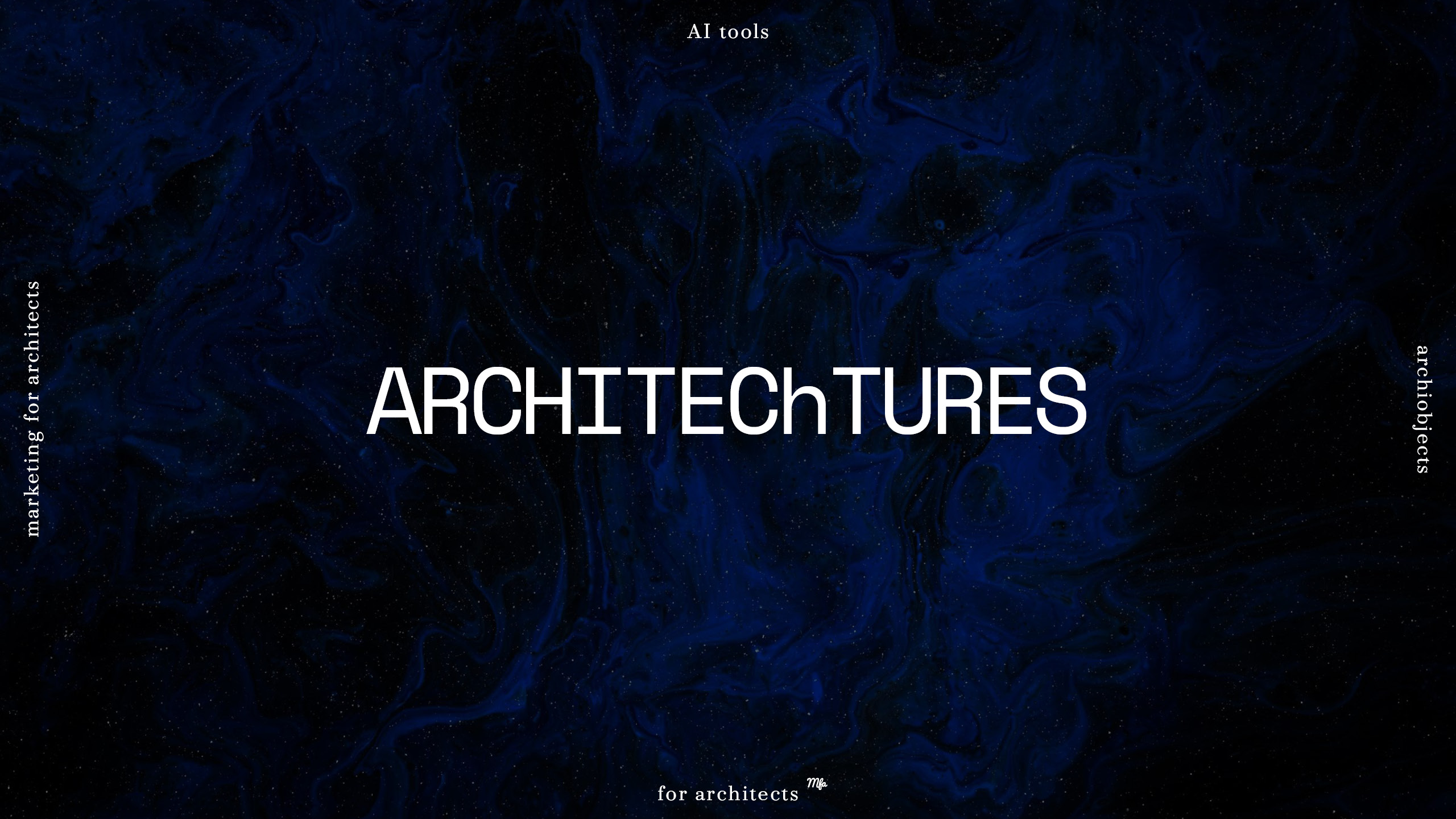In recent months, there’s been increasing talk about artificial intelligence applied to architectural design. Among the platforms attracting attention is ARCHITEChTURES, which presents itself as a solution to automate floor plan generation and accelerate initial project phases.
But what does this platform actually do and when can it be useful? I analyzed its features to understand if it’s worth considering in your design workflow.
How ARCHITEChTURES works
ARCHITEChTURES is a web platform that uses artificial intelligence to generate floor plans based on parameters you define. The process is relatively simple: you input lot characteristics, regulatory constraints, the type of building you want to design, and the AI produces various optimized solutions.
The platform focuses mainly on residential buildings, especially multi-family ones. You define lot dimensions, setbacks, maximum heights, desired number of housing units, and distribution typologies. The AI processes this information and generates complete floor plans with surface calculations, basic regulatory checks, and preliminary cost estimates.
Every parameter modification automatically updates all proposed solutions. If you change the number of floors or apartment typology, you immediately see how the entire project adapts. This allows you to rapidly explore different options without having to redraw everything from scratch.
Practical advantages for your studio
The main advantage is speed in initial project phases. What normally requires days or weeks for feasibility studies can be done in hours. This is particularly useful when you need to respond quickly to tenders, evaluate the economic feasibility of a lot, or present preliminary alternatives to clients.
Automation of repetitive calculations is another interesting aspect. The platform automatically calculates surfaces, counts rooms and housing units, verifies basic regulatory compliance, and provides preliminary cost estimates. This eliminates much of the manual work in conceptual phases.
Compatibility with traditional software is important: you can export results in standard formats like IFC for Revit and ArchiCAD, DWG for AutoCAD, Excel for economic analysis. Your usual workflow can continue from where the AI stops.
Limitations to consider
Artificial intelligence obviously has limitations. It doesn’t replace the architect’s creativity and intuition, especially when dealing with innovative solutions or interpreting complex client needs. Output quality depends completely on the quality of data you input.
The platform is optimized for standard residential buildings. If you mainly work on non-residential projects or buildings with particular characteristics, you probably won’t see major benefits.
From a commercial standpoint, some reviews report problems with subscription management and customer service. This is an aspect to keep in mind if you decide to test the platform.
Who can benefit from it
ARCHITEChTURES can be useful if you often work on residential projects and need to produce many feasibility studies in tight timeframes. Accelerating the conceptual phase can make a difference, especially if you have a good volume of projects to develop.
For studios that mainly work on non-residential buildings or already have a very efficient process for initial phases, the utility is more limited. Same goes if you prioritize creative originality over production speed.
Final considerations
Artificial intelligence in architectural design is evolving rapidly. ARCHITEChTURES represents an example of how these tools can accelerate certain phases of the design process, keeping the architect at the center of creative and strategic decisions.
It’s not about replacing the designer, but automating repetitive tasks to focus more time and energy on aspects that truly require human expertise: interpreting client needs, creative choices, project quality control.
If you’re evaluating this type of tool, the advice is to always test the trial version to understand how it integrates into your specific workflow. And remember that every new tool requires time to be mastered effectively.


